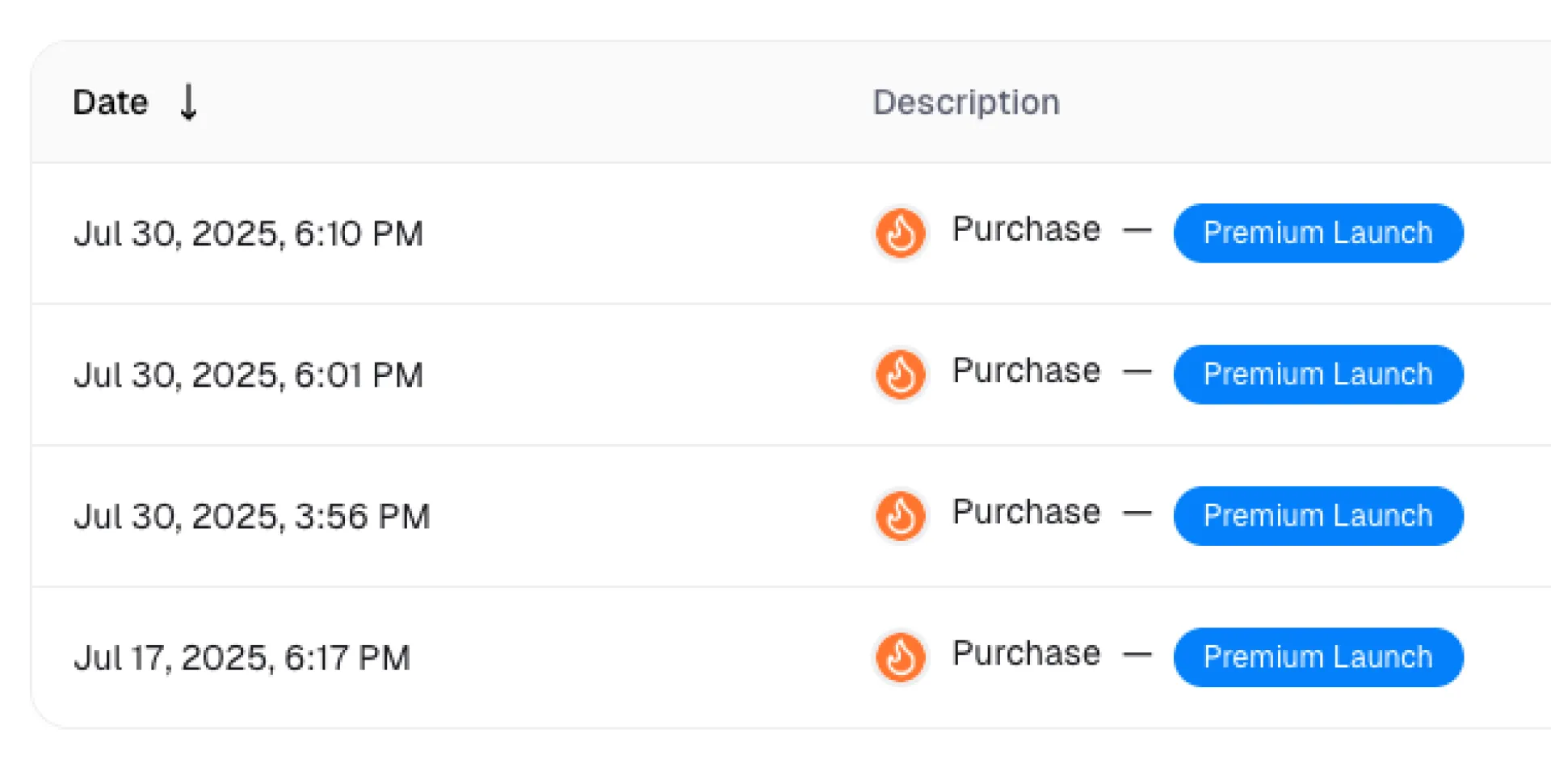Install Huzzler App
Install our app for a better experience and quick access to Huzzler.
Quick update on NewsletterStack.
Yesterday I decided to stop hunting for new platforms to launch on and instead focused on engaging with my target audience on Reddit. Just replied to comments, answered questions, joined conversations.
What happened:
- Found a bug in the cost calculator. Some platforms weren't showing the right numbers when switching from monthly to yearly plans
- A user asked about GetResponse. It was already scheduled to go live, but I fast-tracked adding it to the cost calculator based on their request
- Had genuine conversations with newsletter creators about their platform choices
Sometimes the best QA comes from talking to people who are actually looking for a solution.
What's your take, launch everywhere or focus on connecting?🤔

 $523/mo
$523/mo
Everyone keeps preaching the same thing. Build an MVP. Test it fast. If it doesn't sell immediately, trash it and move on.
Here's what I've learned after years of building: that playbook wasn't written for everyone.
The YC model isn't your model
Y Combinator's approach makes sense for them:
- Invest in 100 startups, accept 90 will fail, hope one becomes a unicorn
- Their top 4 companies account for 84% of value created
- But first-time founders have only an 18% success rate
You're probably not building a unicorn on your first try. And that's completely fine. If you built something making a few million annually, you'd likely be thrilled.
When MVPs don't work
- People won't pay for vaporware unless you're a natural salesperson
- If alternatives exist and your product barely works, they'll pick those alternatives
- If no alternative exists, the market probably doesn't exist either
- Most common startup failure reason? Lack of product-market fit at 34%
When you launch a broken MVP to a large customer base, you build brand association with that first version. Users don't think "this must be their initial stab" they ask "is this way better than what I already use?"
My journey: soft pivots over hard ones
I started with Aquiestoy (employee tracking), built free tools that got thousands of users, then created Linkbreakers (QR code generator with tracking).
The results:
- Traffic came immediately. Sign-ups poured in daily
- Thousands of users loved it
- But barely anyone converted to paid plans
Why? I'd attracted the wrong market. People wanted a tool, not a service. Design capability alone doesn't create enough value to justify payment.
The pivot that matters
Then it clicked: QR codes are workflows.
Now I'm building conditional QR codes that redirect based on country, device, or any factor. Testing restaurant use cases, email capture, gamification, coupon distribution. All built on the same workflow engine.
Everything accumulates: the QR scanner, device analysis, lead scoring attempts, workflow system. I'm navigating to find my market while building real expertise.
Why complexity creates value
Two years ago, I would've laughed at building all this. Too complex. Too time-consuming.
But I think that complexity might be exactly what creates value. The barrier to entry is the point.
This goes completely against conventional wisdom. You're supposed to fail fast and trash what doesn't work.
Instead, I'm doing soft pivots. I started wanting to track employees, now I'm building workflows for restaurants. The technical foundation remains useful.
What the data actually shows
The reality nobody talks about:
- Every successful tech company repeatedly reinvented itself (Apple, Microsoft, Netflix)
- 75% of founders report success after pivoting
- Median time from idea to product-market fit: 2 years
- Bootstrapped startups have 60-70% survival rate vs VC-backed companies
- Shopify didn't raise for 4 years. GitHub for 4 years. Wayfair for 9 years
My takeaway
I'm not saying MVP is wrong. I'm saying it's not the only path, and maybe not even the most common one.
Sometimes you build something substantial that doesn't convert immediately. So you examine what you've built and shift it slightly. Construction continues. It accumulates.
The real competitive advantage might not be speed. It might be persistence, adaptability, and recognizing when you need a soft pivot instead of starting over.
I'm convinced I'll eventually find the right value proposition. The genuinely compelling one where I could confidently run paid ads knowing they'd convert.
On top of that, I'm very happy building it.
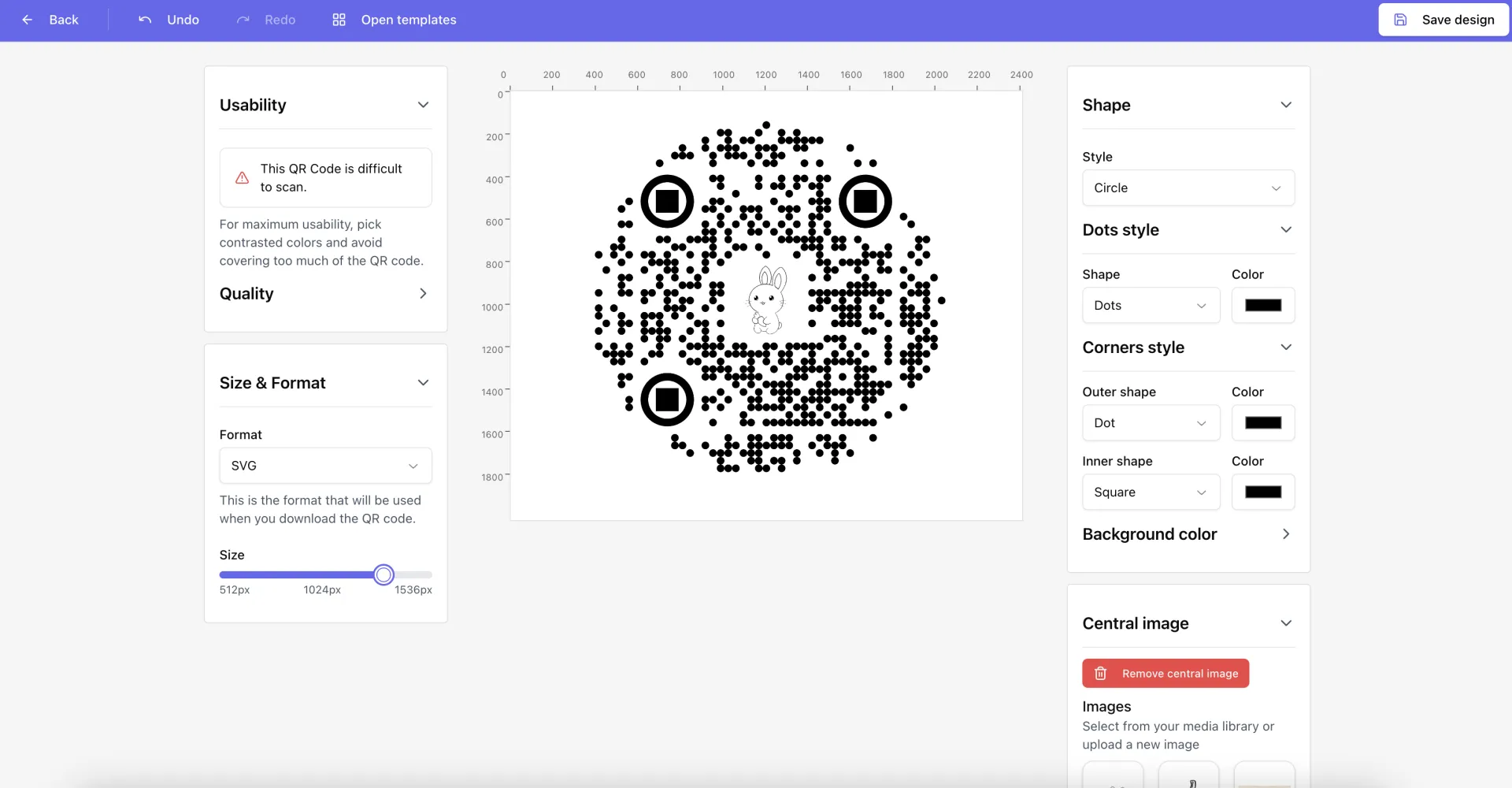
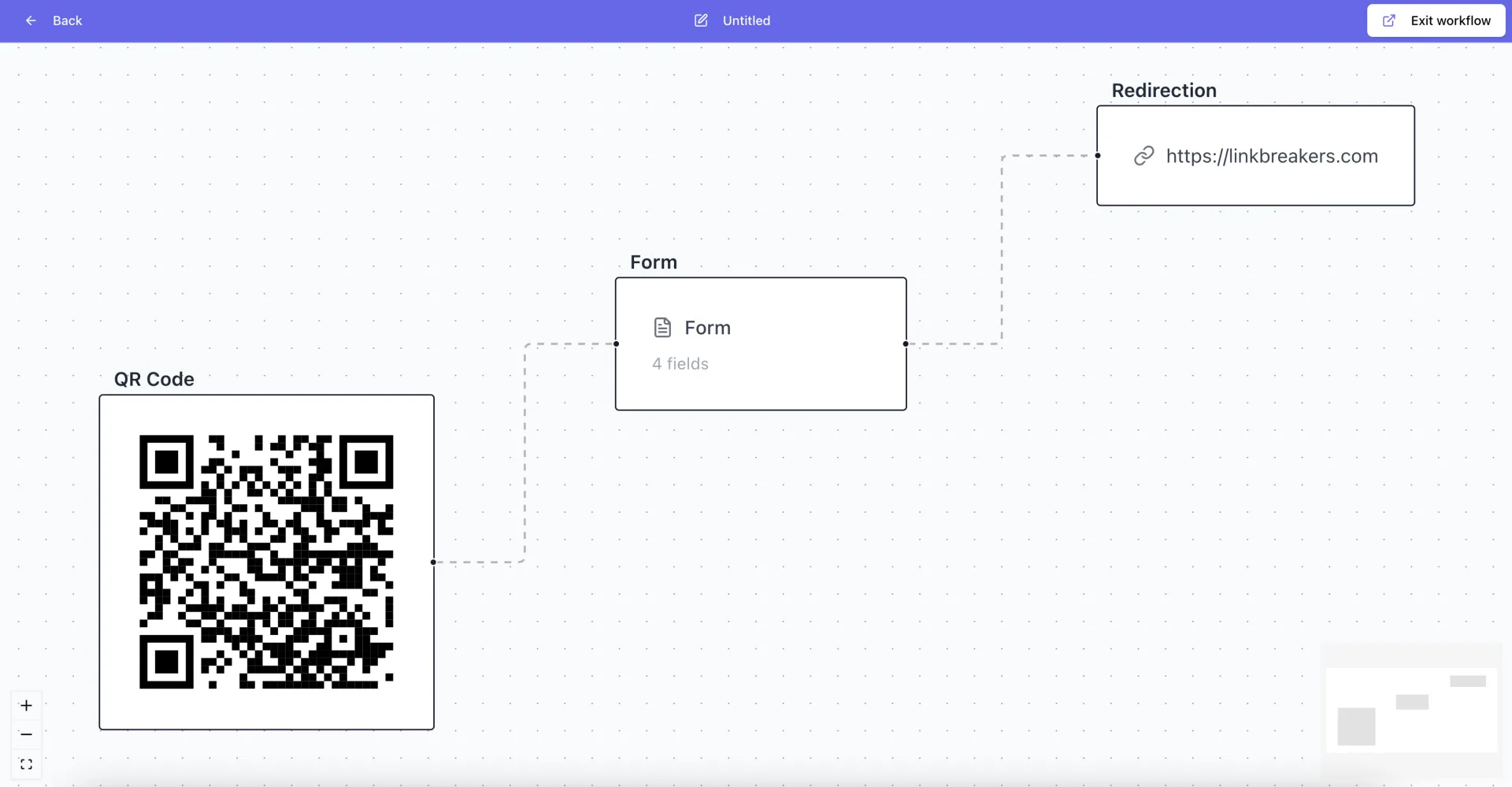
You're a builder, not a marketer. You know you need a blog to rank on Google and build authority for your product, but the thought of writing expert articles is nightmare, being bootstrapped you can't hire professional writer.
So you try AI, hoping for a shortcut. But most AI writing tools are junk. I've been there, i've used so many ai blog writer tools. They spit out the same robotic formula: a heading, a wall of text, another heading, another wall of text.
It’s generic SEO fluff. It doesn't sound like a founder who has actually lived the problem and built the solution. It fails to make the human connection needed to build real trust and authority.
And since today's users don't read, they scan - this generic approach fails instantly. It's content no human wants to read.
The secret isn't about finding "better prompts" - it's about having a better system. I scaled a blog to 350k visitors by creating content that connects in my past blogging journey. Here's how to apply that same system to your AI workflow...
Step 1: Give Your AI a "Brain" Before You Ask It to Write
Before you type a single request, you must give the AI context. Without it, the AI has no idea who you are, who you're talking to, or why it should sound a certain way.
You need to create a simple text document called a "Brand Brain." Assume it is your startup's constitution, and it contains the essential information about your brand. At a minimum, it should include:
- Your Identity: What are you literally, and what are you emotionally? What are you NOT?
- Your Audience: Who are you talking to? What are their biggest fears and goals?
- Your Voice: How do you sound? Are you raw and honest? Witty and sarcastic? Empowering and professional?
- Your Enemy: What frustrating idea, tool, or status quo are you fighting against?
Your new workflow is simple, at the start of every new chat, you paste in your entire Brand Brain and tell the AI to adopt that persona. In 30 seconds, you’ve turned a generic tool into your co-founder.
Step 2: Use a Strategic Prompt, Not a Simple Command
Now that the AI has its "Brain," you can give it a strategic command. A great piece of content isn't just text, it's a psychological journey. Your prompt should reflect that.
Instead of asking for "a blog post intro" ask the AI to follow a specific, proven formula. Here is my 5-step pattern interrupt prompt that I use to create introductions that actually hook the reader.
The "Human-First" Intro Prompt:
- The Pattern Interrupt: Start with a short, blunt sentence that addresses the reader's insecurity. (e.g., "Let's be honest. Your website is probably boring.")
- The Empathetic Scenario: Describe the reader's experience back to them. Show you understand their struggle.
- Raise the Stakes: Reframe their problem as a critical business issue. Connect it to their deepest fears (losing time, money, or trust).
- Acknowledge & Invalidate the Excuse: State their common excuse ("no time, no budget"), agree that it used to be true, and then state that the rules have changed.
- The Bridge to the Solution: Conclude by framing your article as the simple, actionable fix to this major problem.
When you combine a contextual "Brain" with a strategic prompt like this, the output is dramatically different. It sounds authentic, empathetic, and human.
Try writing the intro of your any blog post, even for your any existed blog post and then let me know how it went?
This Is Just the Tip of the Iceberg
This two-step framework alone will put you ahead of 99% of people using AI for content. But it's just the start.
The full, 3000-word playbook on my blog breaks down the entire end-to-end system, including:
- The AI-Powered Research Prompt: How to use AI to instantly find your audience's real pain points.
- The Article Outlining Formula: How to turn that research into a perfect article structure.
- Section-by-Section Writing Prompts: The exact prompts to write the body of your article.
- The Full "Brand Brain" Template: A copy-pasteable template to build your own.
If you want to stop writing robotic content and start creating articles that rank on Google and resonate with real people, you can read the complete guide for free.
Read the full playbook here: https://ai-q.in/how-to-write-seo-friendly-articles
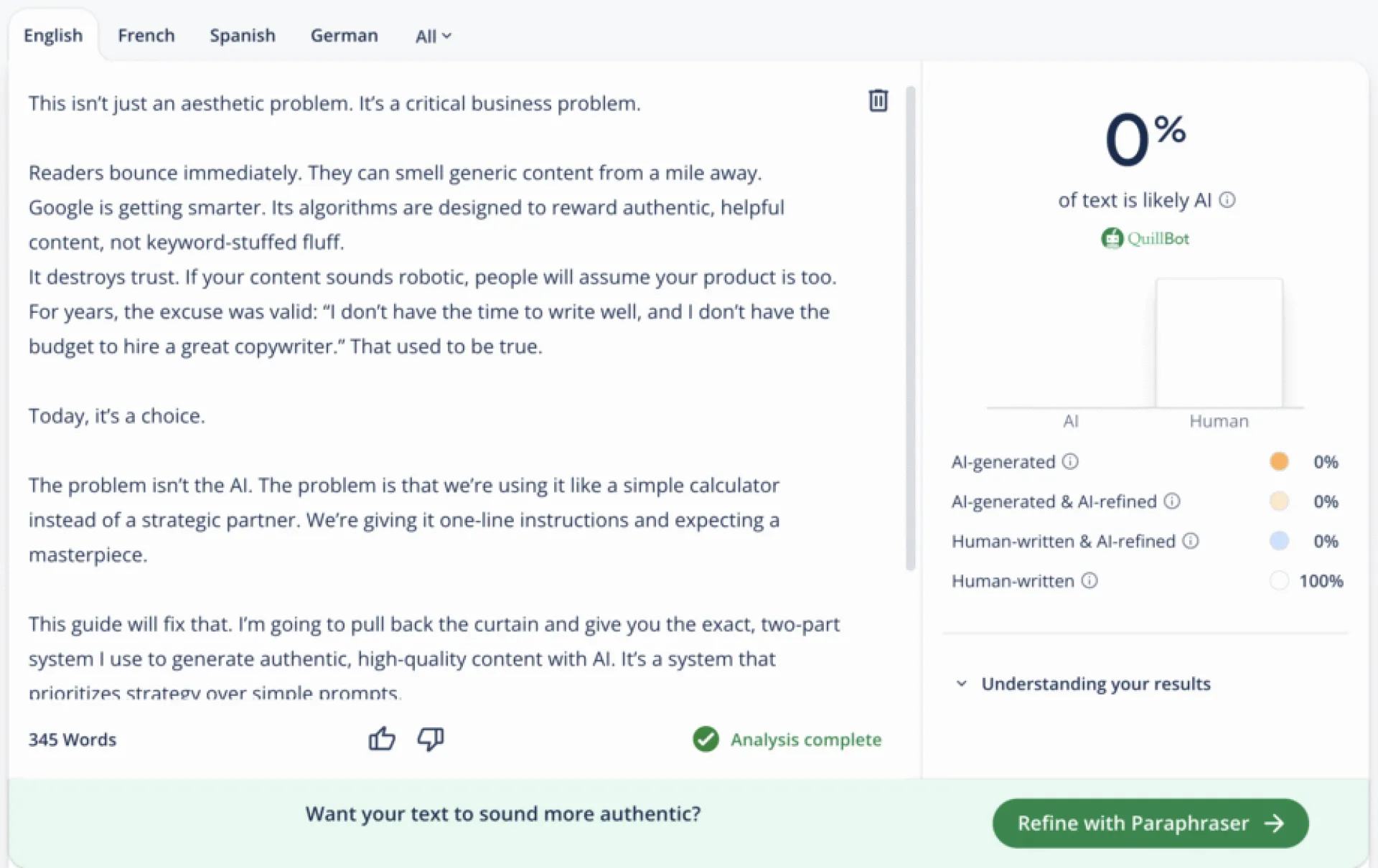
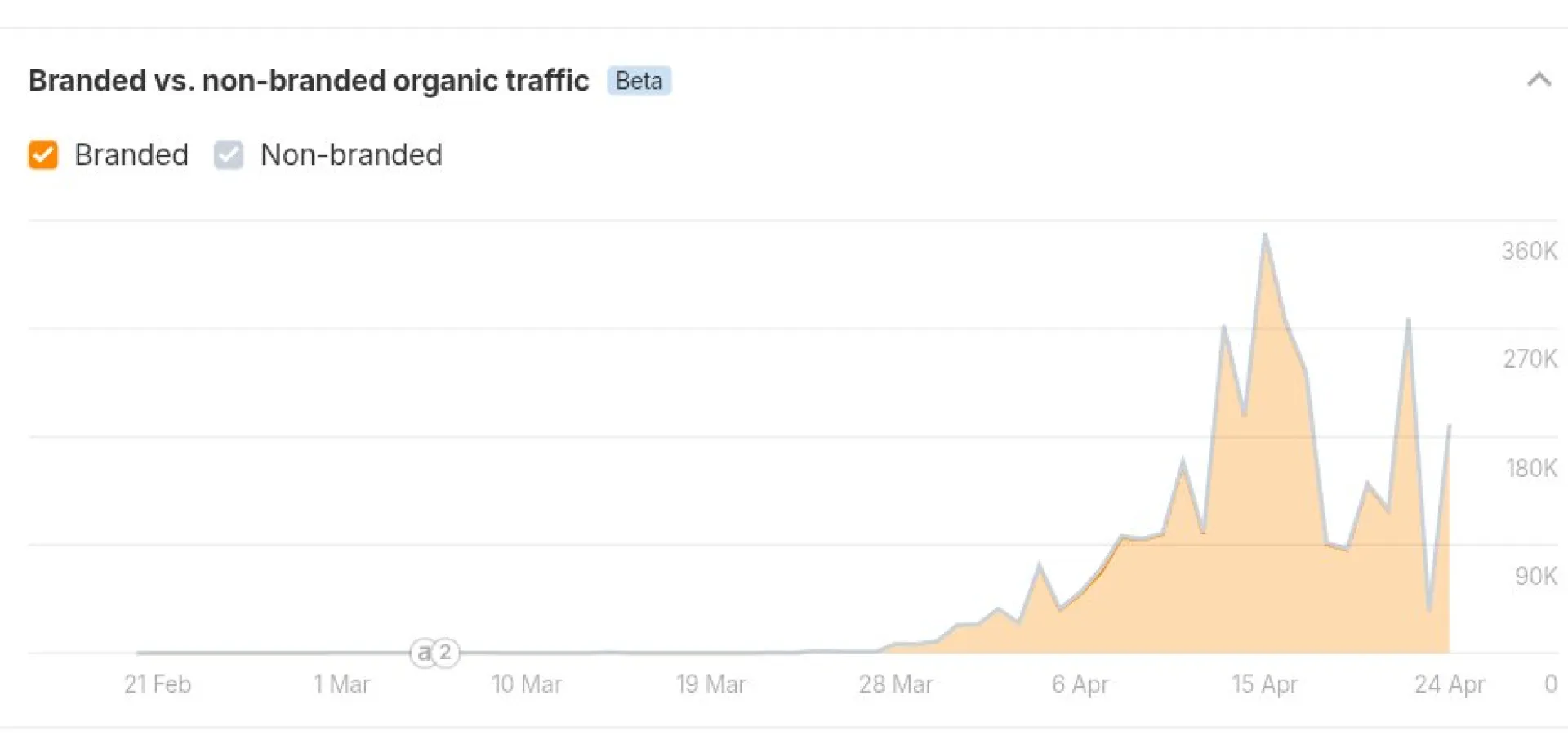
Underdog channels = your unfair advantage:
— Less noise
— Higher response rates
— Faster authority-building
Find the quiet corners. Show up early.
#startups #leadgeneration #bootstrapping #founders #growth #buildinpublic
 $523/mo
$523/mo
Hey Huzzler community!
After running two B2B products with freemium models for 2+ years, I made a counterintuitive decision: I eliminated free plans from one of them. Here's what the data showed me.
The numbers that changed my mind
QR code analytics product:
- 600 monthly active free users
- Less than 10 paying customers
- 0% of paying customers started with free plans
Employee time tracking service:
- 80% of users stayed free for 2+ years despite daily usage
- When I removed free plans, only 1 person provided testimonials to keep free access
- The rest preferred to abandon the service rather than pay €6-10/month
The hidden costs I didn't expect
Free users weren't just non-converting, they were resource-heavy:
- Constant support tickets for features they'd never pay for
- Hours spent helping with setup (custom domains, DNS configuration)
- Server costs and infrastructure scaling with no revenue contribution
The opportunity cost hit hardest. Time helping free users = time not spent on paying customers.
What I learned about customer types
My paying customers shared one trait: they paid immediately.
No free trial period, no gradual conversion. They saw value and whipped out credit cards on day one.
Free users wanted "tools" (something that should be free). Paying customers wanted "services" (something worth paying for). The language difference revealed everything about their mindset.
When freemium still makes sense
I kept free plans for the QR analytics product because:
- It's SEO-driven with natural viral sharing
- Users create QR codes, others scan = organic exposure
- Marketing tools benefit from word-of-mouth
I removed them from the time tracking service because:
- B2B productivity tools don't get shared socially
- Target customers have software budgets
- No network effects from free users
The results
After going paid-only:
- Support tickets dropped 90%
- Infrastructure costs decreased
- All conversations became business-focused
- Total users decreased significantly
- Customer quality improved dramatically
Key takeaway
Freemium isn't universally good or bad, it depends on your market. For B2B products targeting businesses with existing software budgets, paid-only can work better than expected.
Sometimes, the best growth strategy is saying no to users who aren't ready to pay, allowing you to focus on those who truly value your work.
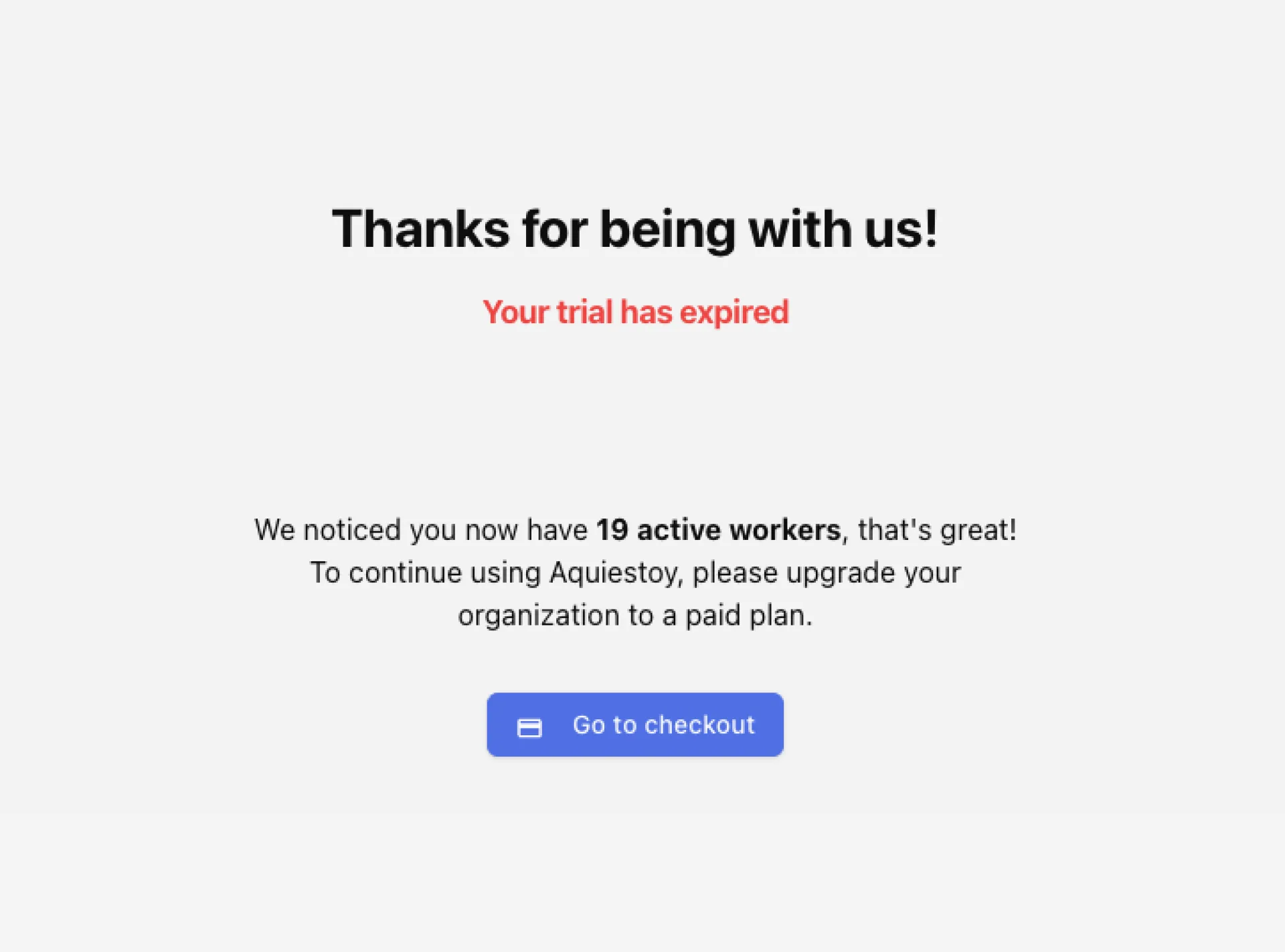
Hey Huzzler community!
After watching 1000+ of you launch here, I've started noticing a common pattern among SaaS launches:
Month 1-6: Build incredible product ✅
Month 7: Launch on Huzzler and get great feedback
Month 8: "No customers.. Maybe I need more features?" 🤔
Month 12: Still struggling with real customers... 😰
Here's the thing, almost everyone in this community can build. You're all incredibly talented.
We try posting on Product Hunt, tweeting, building in public... but our acutal customers are not browsing these sites. They're busy doing their jobs at companies.
That's why I'm building Customer Engine: a systematic approach to getting customers where you get exact daily tasks to get your first B2B customers.
Instead of: "What should I do today to get customers?"
You get: "Send 8 LinkedIn requests to marketing managers using template #3"
And you can actually see what's actually working for other founders (with real numbers).
Question for you guys: What's your biggest problem after launching your product? Is it getting the first real customers (who are not founders themselves)?
Would love your thoughts!
Waitlist: customerengine.co
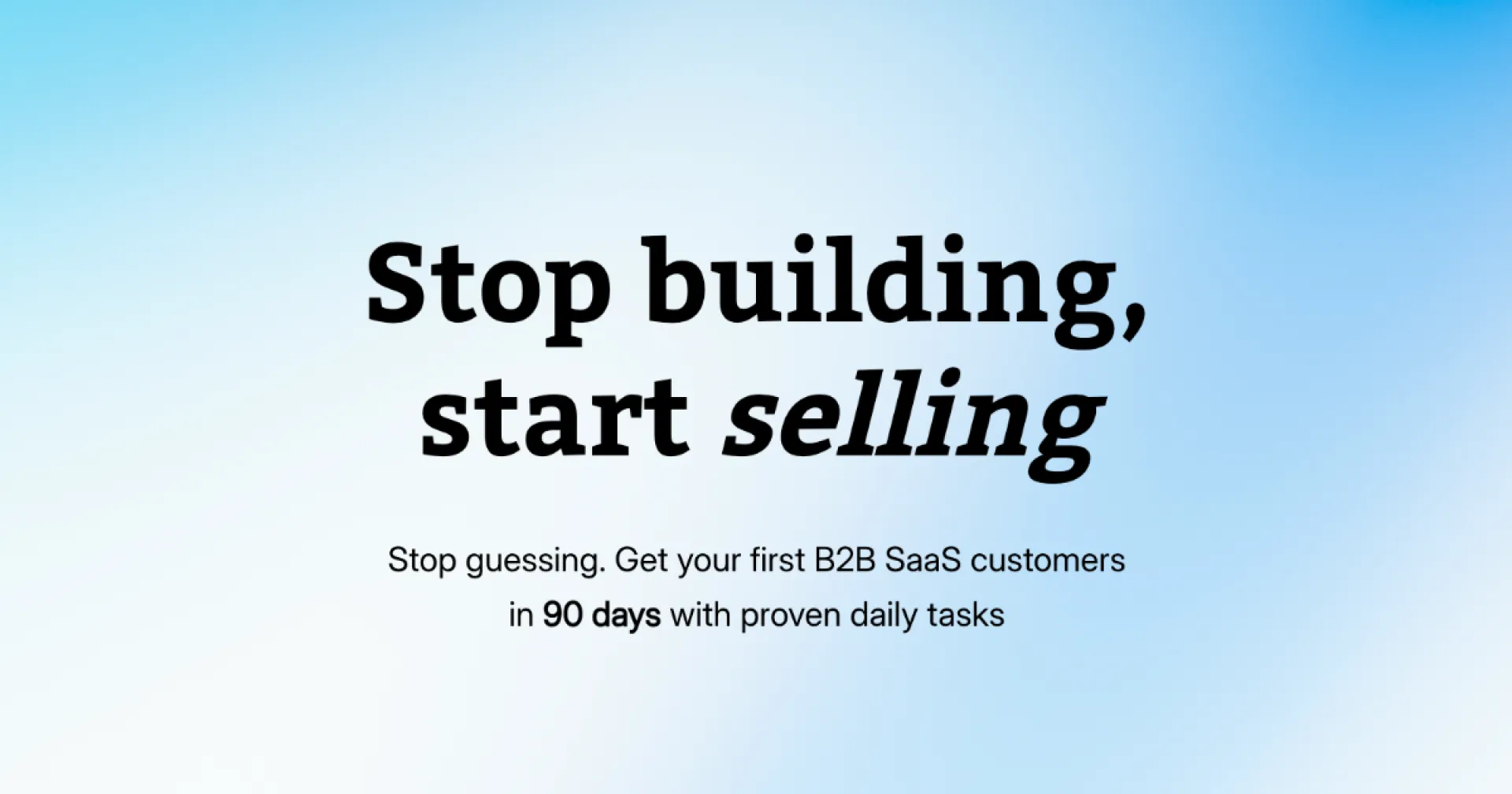
Launching NewsperAI wasn’t just a solo run -- it felt like stepping into a competition.
Product of the Week. Product of the Month. Everyone wants the spotlight. I quickly realized: this isn’t about just showing up, it’s about being seen. And that means understanding the launch world’s rules.
The big term I had to learn -- Hunter. Sounds intense, right? Here’s the clean take:
"A Hunter is the person who posts or 'hunts' your product on Product Hunt. They bring it to the community’s attention."
-- So if you’re launching, someone else (a hunter) often submits it. You can also hunt your own product. But hunters are usually active, respected users with followers who get notified when they share something new.
Why it matters: Launches compete. Having a well-known hunter is like having someone ring the bell before you step on stage. Their followers see your product. That initial visibility matters.
Here’s the list of hunters (people who hunted or can hunt) I’ve come across as I launched:
Product Hunters :
Kevin William David (https://kevinwilliamdavid.com/)
Chris Messina (https://chrismessina.me/)
Karthik Puvvada(https://bio.link/thisiskp)
fmerian (dm.new/fmerian )
Rohan Chaubey (https://tidycal.com/rohanchaubey)
Anne-Laure Le Cunff (@neuranne )
Ryan Hoover (Founder of @ProductHunt)
Iaroslav Chuikov (https://buymeacoffee.com/eerie616)
Ivan Braun (https://aiandtractors.com/)
Tod Sacerdoti
Zac Zuo
Denys Zhadanov
They’re active, credible, and known -- and that reputation is the launch’s jetpack.
The competition? Real. Every week and month, there’s a best product. You’re racing for visibility. That means:
-- Pre-launch prep
-- Choosing the right hunter (or hunting yourself )
-- Launch timing (early morning PST works best)
-- Engaging hard on launch day
The takeaway --> In a world where launches compete for Product of the Week/Month, hunters are your wining card.
I share the full behind-the-scenes of my launch in detail on my newsletter -->
https://hassaneddyb.substack.com/
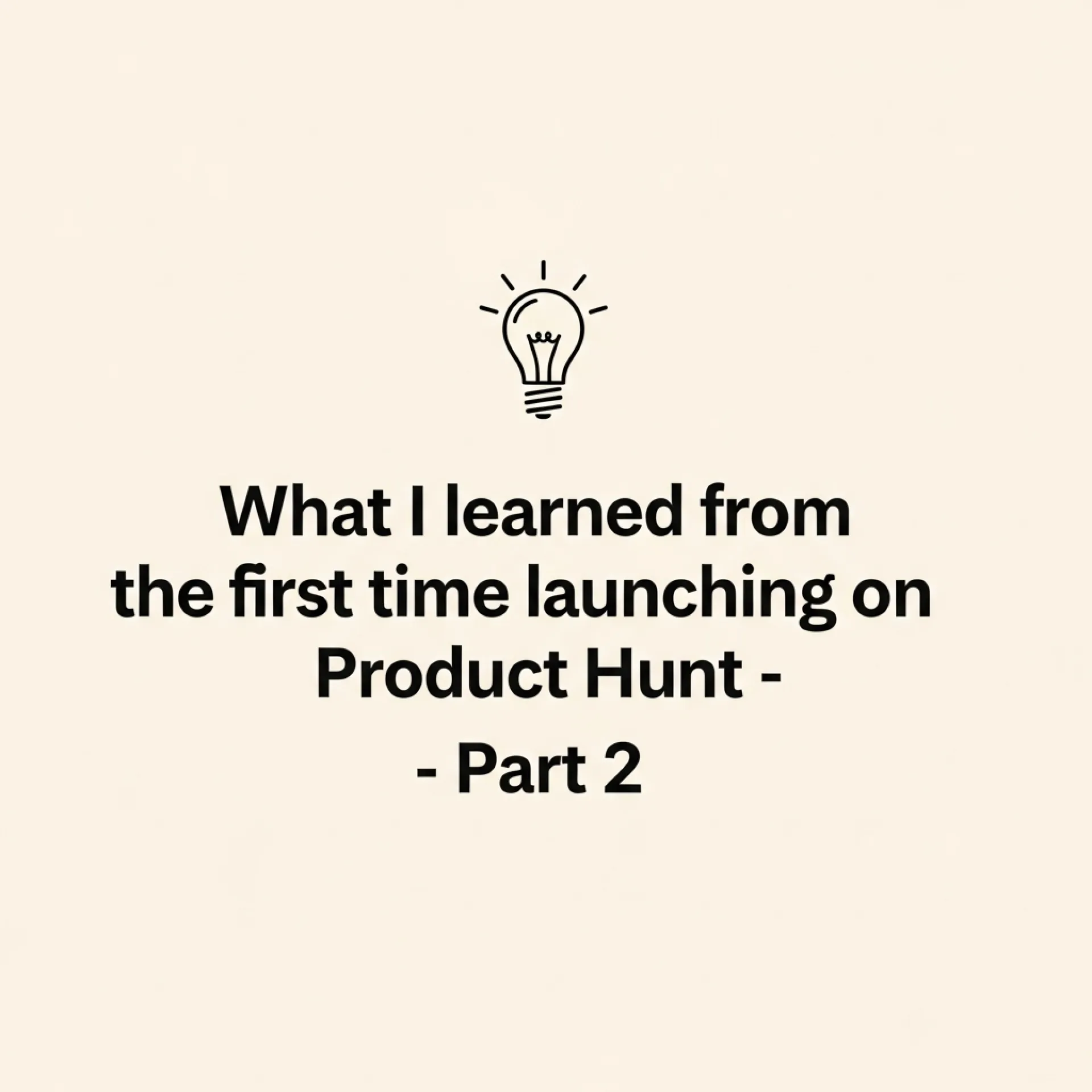
Because startups don’t die from lack of ideas.
They die from scattered energy and diluted execution.
Here’s the tactical truth:
— Context switching burns time → you think you're getting more done, you're just leaking energy
— Focus compounds → deep work creates leverage, not surface-level output
— Use time blocks to protect focus → 90 mins on, 30 mins off
— Batch tasks by mental mode → build, write, decide — never mix
— Cut your task list in half → keep only what moves the needle
— Kill fake progress → busy work ≠ traction
— Pick one north star per week → every task must ladder up to it
Multitasking feels productive.
Focus is productive.
Startups move fast when founders move with intent.
#startup #focus #productivity #founders #mentalclarity #buildinpublic
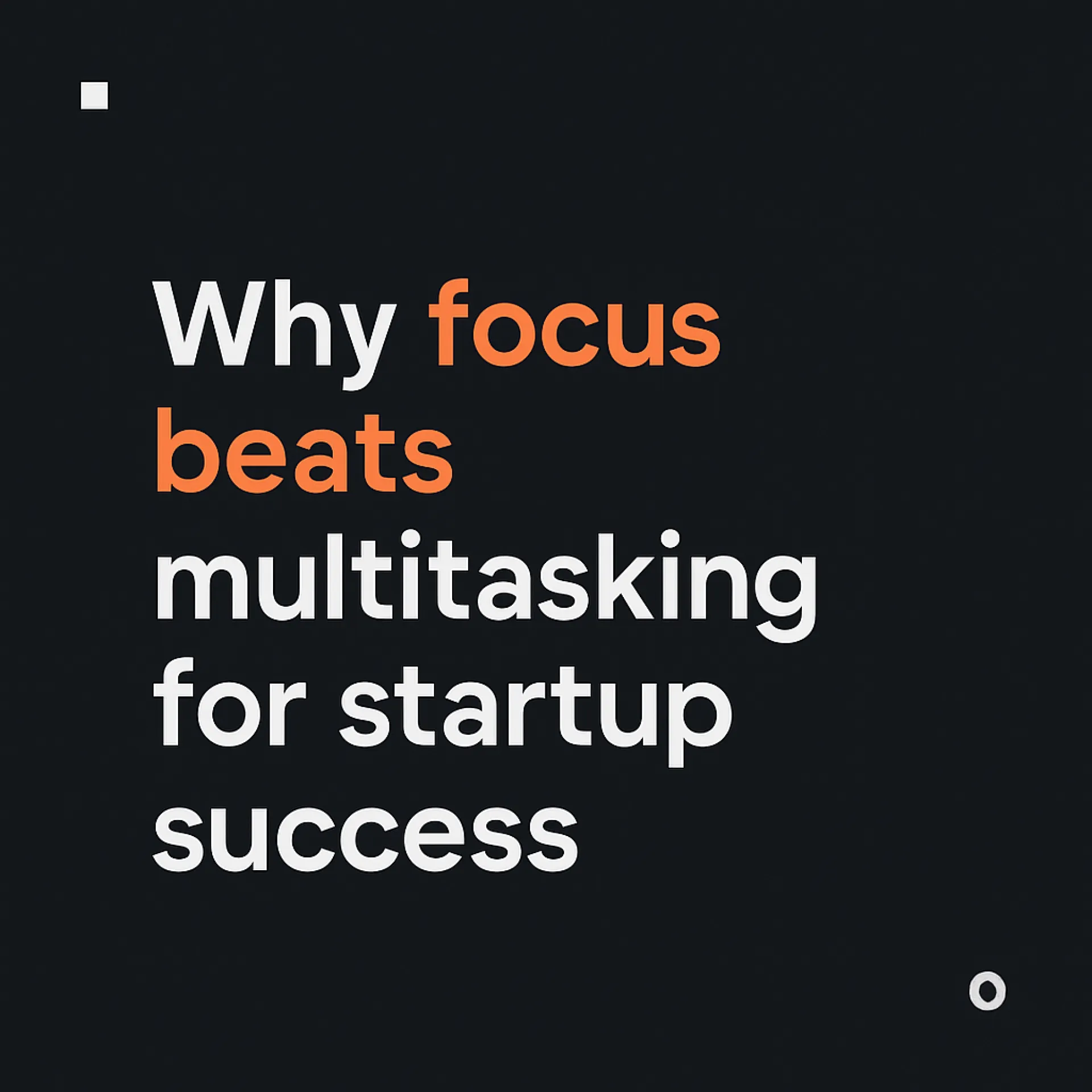
Proof of how small daily work on your product compounds
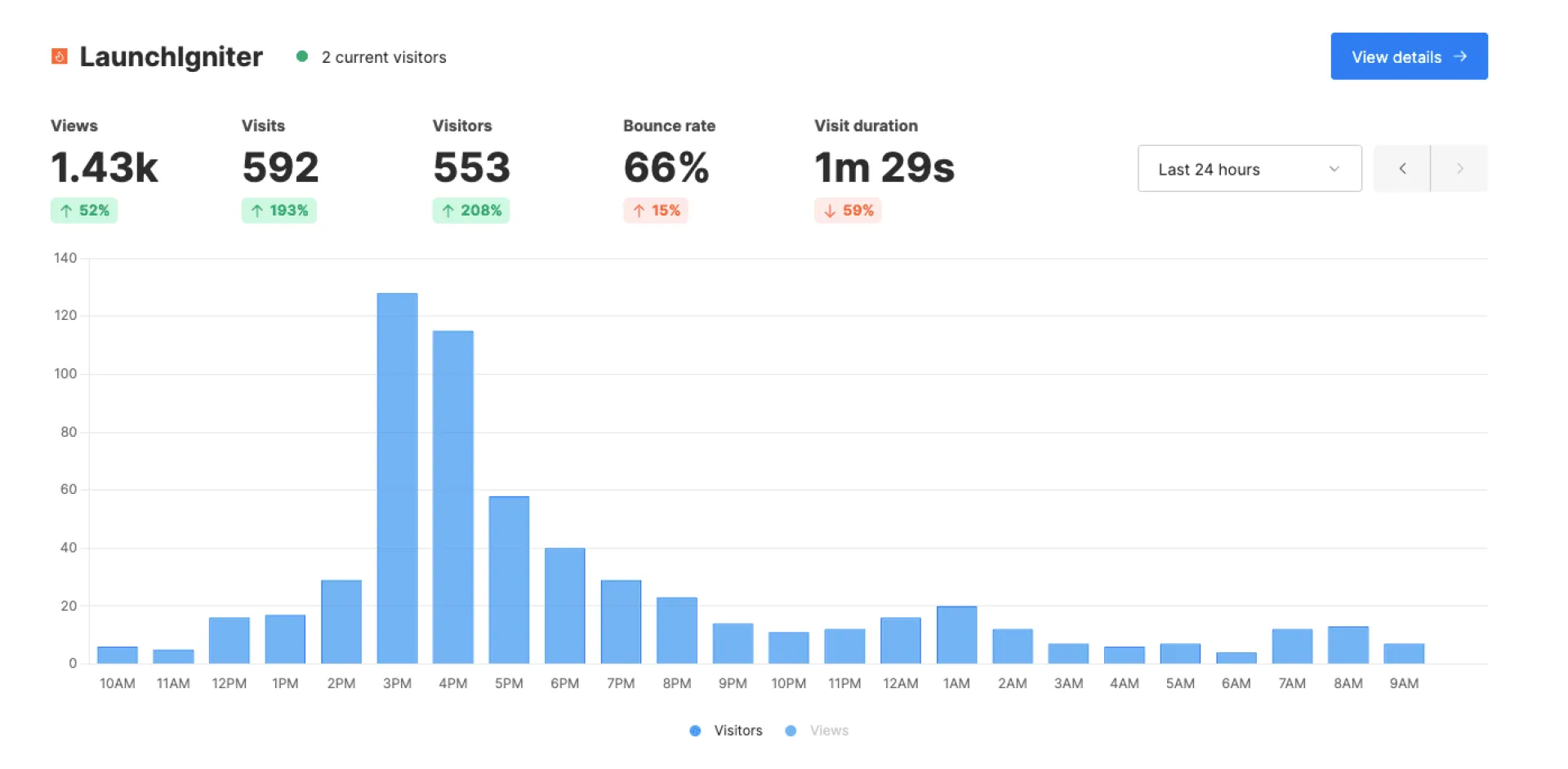
TL;DR: Built a marketing automation system using ClaudeAI + Google Sheets + Zapier + Buffer that costs $0.15 per week and generates personalized social media content in my writing style.
Hey Huzzler Fam,
Background: I'm a CTO who recently went solo founder, and marketing has been my biggest nightmare. I kept seeing posts about "vibe marketing" success stories but nobody ever shows the actual implementation. Guys like Greg Isenberg show just the outcomes of how the results look.
So I got frustrated and decided to build my own solution for my project.
What I built:
- Claude AI analyzes my writing style and generates content targeting my specific audience
- I then take this through a keyword algo and
- through a humanizer algo which makes it sound like me
- next, my node project pushes this to google sheets
- in Google sheets I switch the status to → confirmed if I like the content
- Zapier picks it up
- Buffer schedules everything for optimal posting times
- Total cost: $0.15 per week (just the AI API calls)
**The process:**
1. Feed Claude examples of my writing and audience data
2. AI generates 7 days worth of posts in my voice
3. Zapier automatically pushes to Buffer at scheduled times
4. Buffer schedules across all platforms
**Results so far:**
- Saves me 5+ hours per week
- Content quality is surprisingly good (matches my writing style)
- Engagement rates are similar to my manual posts
- Scales infinitely for the same cost
Pretty much all I do is `npm run generate:weekly` and I get 2x posts a day scheduled on X and 3x a week
For other founders struggling with marketing: The AI isn't magic - it still needs good prompts and your authentic voice as input. Pretty much the old rule applies - garbage in, garbage out. Gold in - gold out.
The real win is consistency. Most of us are terrible at posting regularly. This solves that problem for basically free.
I recorded the entire 3-hour build process in my X account, if anyone wants to see me doing it live here it is

I have a few blogs running with lots of content. Right now most of them are on the second page of google. Do you have any tips to get ranked better?
I also read on X that people are getting visitors from chatGPT, how does that work? Do I have to submit my sites somewhere?
Added LinkedIn integration to MediaFa.st
You can now connect your LinkedIn account to a project.
BUT, turns out fetching follower count isn't possible (API limitations)
So no LinkedIn leaderboard yet.
Reddit + Bluesky work great.
And yes, X is coming next
Reddit growth ≠ hard anymore.
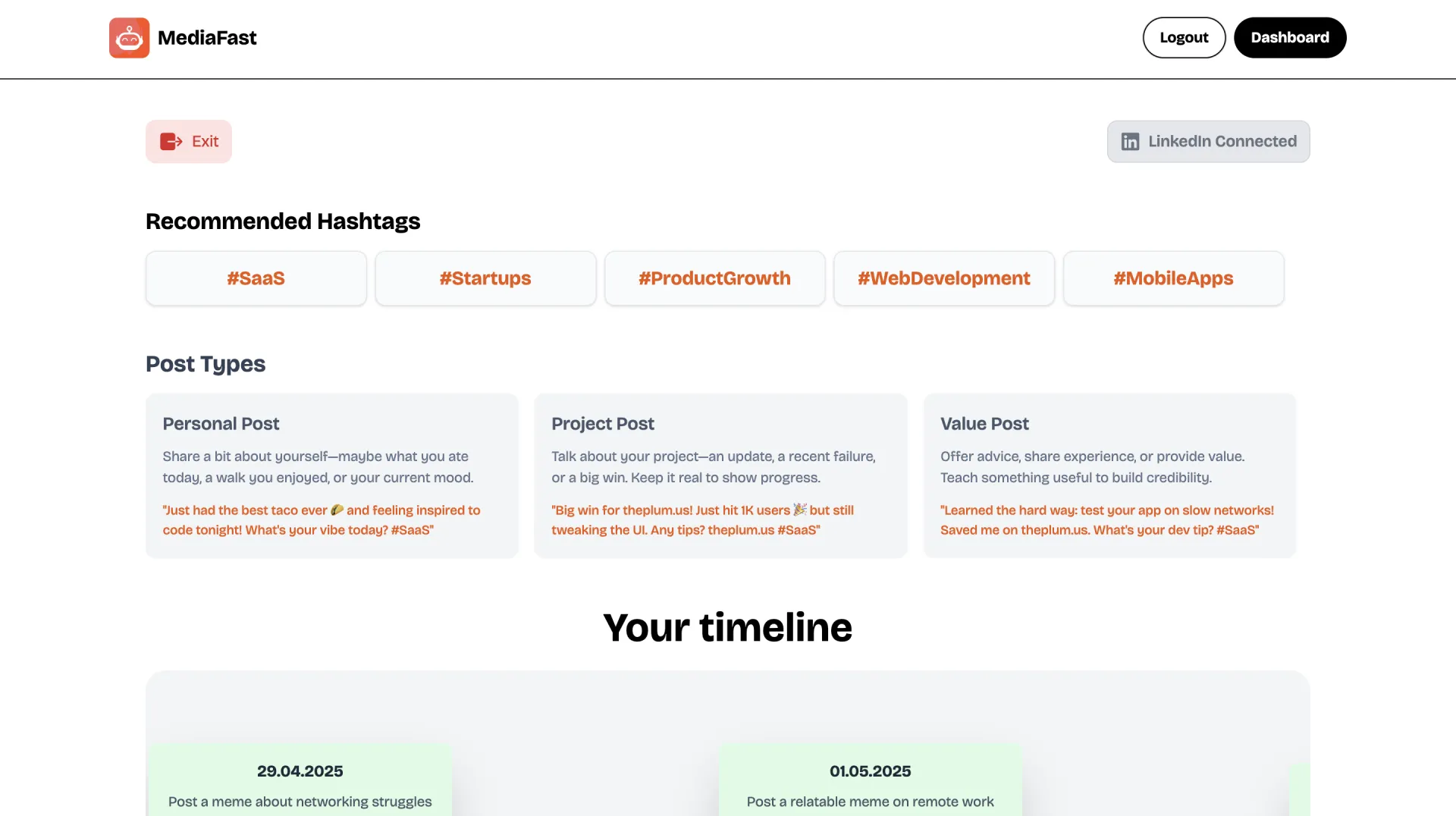
I've recently launched Walker, (https://callwalker.net) a connection assistant for students @ business schools. Currently invite/referral-only to ensure the quality of connections. The bill would also be pretty high if it wasn't.
I've been reaching out to college students at business schools in my network to see if they'd be interested in trying it out. ~20% respond, even less actually use it.
My problem - how do you get people to join a networking app with no network on it?
It seems to be a pretty common problem among marketplace-like startups. ~A year ago, I launched a parking marketplace app that did pretty poorly. I'd say the main issue was trying to find renters on an app with no users & vice versa. Could never convince either party to use the app.
I think Walker is a pretty cool product. The feedback from initial users is the best of anything I've launched so far. After a decent-sized network of high-quality contacts, I'm sure growth will be much more sustainable. Just not sure how to get early students interested in joining.
Any thoughts or experience with this? Could social media be the move?
This past weekend I studied a successful builder of directories named Frey Chu. He doesn't shill for get rich schemes.
He went over a few directories that are quite lucrative -- see the attached images.
Ultimately, what they all have in common is a rich content graph also known as a knowledge graph.
Here's a video, where I explain the terminology and methodology you need to get started.
In summary it's this.
- You need to build a website that people want to visit and stay in.
- Use a tool such as ChatGPT to brainstorm.
- Make the damn directory; here's a tutorial, where I show you how I made one with Lovable.
I got into more detail here.
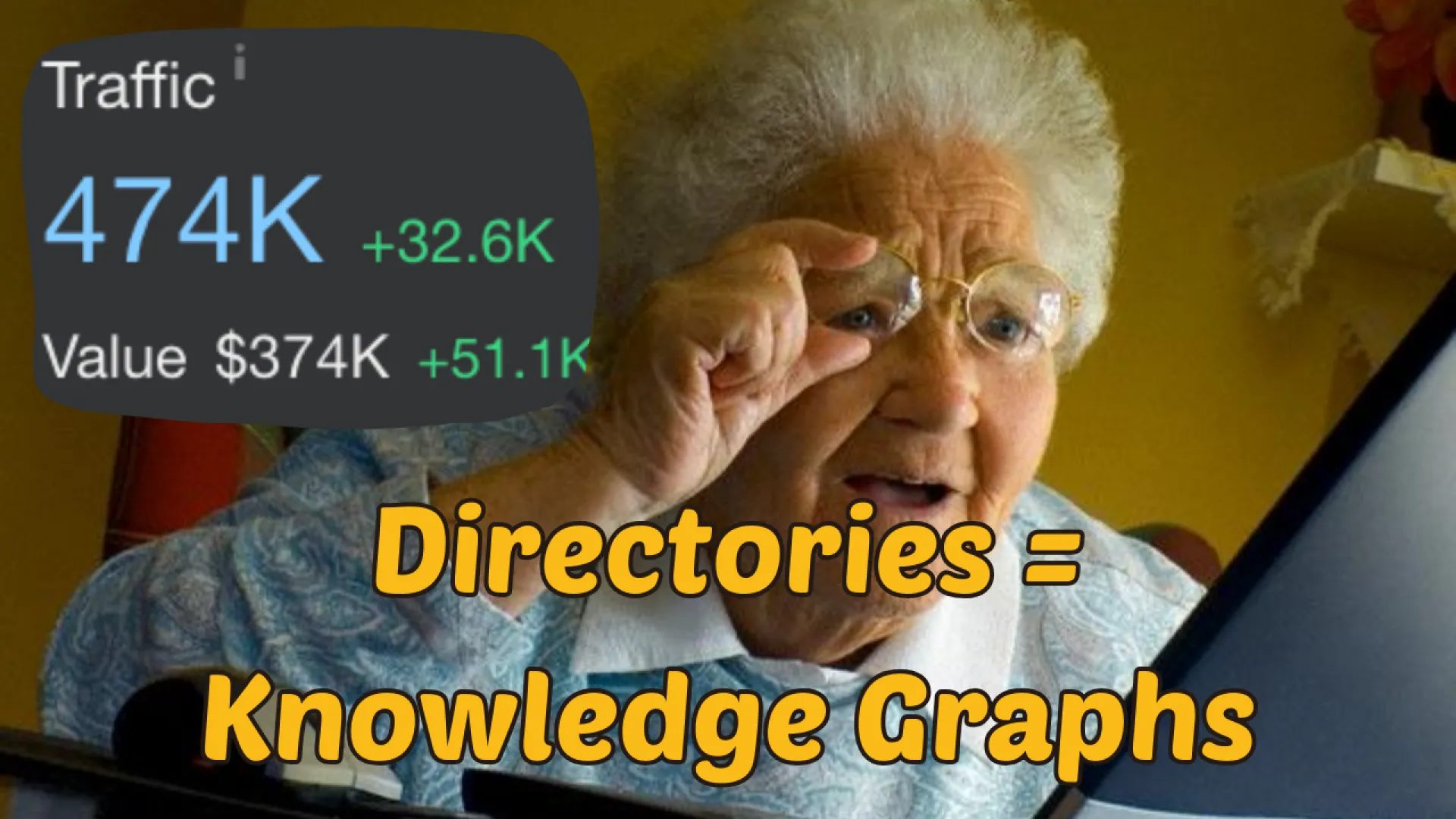



Hey Huzzlers,
I have something very useful to share with you. It's what I just realised Yesterday And sharing it with you right now.
I was deep into building SnapStats.
Every new feature felt like progress like...
- This will give users more value.
- This will make it better.
Then I went deep—content effectiveness scores, referrer intelligence, lifecycles, dashboards.
It looked clean, worked well, but here’s the truth:
I didn’t even know what feature actually mattered to the user.
I was trapped in a cycle of building stuff because I thought it was cool, not because it solved a problem.
So I asked myself the real question:
If I had to pay for this product, would I?
And honestly, I couldn’t answer yes.
Because I built it thinking, “This would be cool” instead of, This solves a problem.
That spiraled into:
- Did I just stack features with no real reason?
- Am I solving anything—or just building what I want to see?
That’s when the clarity hit.
Users come for solutions, not features. If you love money? 👉 Solve one problem, solve it well.
I paused.
No dashboards. No code. Just me vs reality.
I sat down and asked myself:
- Who’s this really for?
- What’s the core problem they’re facing?
- Why would someone pay today?
And the biggest truth slapped me:
More features = more confusion.
Clarity? Gone. Value? Lost in the noise.
So I started cutting.
Stripping everything down to the one thing worth paying for. The real, core value.
I started focusing on solving a specific pain (let it be the very small one). And now, the vision feels clearer and way more focused.
So what you guys can learn from it?
When you’re stuck in the feature spiral, just ship your product with that one pain-relieving feature.
Forget about the extra features for now. Keep your long list of "cool features" saved somewhere, but launch with the one thing that’s actually worth paying for.
Here’s why:
When users come to your product, they’ll tell you what they want. You don’t need to guess or overbuild. Let me clarify....
Once you launch, gather feedback.
What are users asking for? What features do they actually care about?
Then look at your saved list of features and see if any of them align with what users are requesting. If so, you’re on the right track. If not, rethink. Don’t add unnecessary complexity.
The key here is simplicity and real-world validation.
- Ship your product early.
- Iterate based on real feedback.
- Don’t try to be everything to everyone right out of the gate.
(I only realized this yesterday, so trust me, I’ve been there!)
Final insight:
The world doesn’t need more features. It needs simple, effective solutions that solve real problems. Focus on that, and let your users tell you what comes next.
They’ll tell you what they need—you just need to listen. Example ... Huzzler itself.
Three years back, I didn’t know how to build websites. I wasn’t a developer. I wasn’t a marketer.
Just a middle-class guy trying to figure out how to make a living.
All I knew was—I could write. So I started there.
Blogging was my starting point.
No paid courses. No YouTube gurus. Just me, observing, writing, and learning by doing.
I wasn’t aiming to be perfect. I was aiming to be useful.
Fast forward to March 2024—I launched ai-q.in. A blog focused on AI tools. (It wasn’t my first blog either—there were a few failed ones before that. Each one taught me what not to do.)
And here’s how I made it work:
1. I Skipped the Fluff. I Studied Competitors.
I didn’t guess what to write. I reverse-engineered the top 10 results on Google for every keyword I picked.
I checked:
- What they were doing well
- What they were missing
- How I could write better by actually connecting with the reader
Most of those top sites were big—but they weren’t personal. They didn’t speak to real user problems.
So I did. I made sure every paragraph hit a pain point.
2. I Wrote to Solve, Not to Impress
A lot of content is written to sound smart. I didn’t care about that.
I focused on connecting with the user. I wrote how I talk. I hit pain points. I skipped the fluff.
And it worked. Google noticed. So did readers.
Because people share what makes them feel understood—not just what ranks.
3. I Delivered What Others Didn't
Most of those top 10 blogs? Big companies. Polished. Optimized.
But also—vague, robotic, and filled with filler.
I went the opposite direction:
Detailed guides, Clear breakdowns, Stuff they actually needed but couldn’t find anywhere else.
I covered what those 10 sites skipped. I didn’t just rewrite—I added depth, insights, and clarity.
That’s what ranked.
The Result?
Launched on Feb 4th, 2024 → Hit 75K+ traffic in 40 days.
No backlinks. No hacks. No ads.
Just real content, written for real people.
In the next 2 months, platforms like Viggle, FlexClip, Vidnoz, GetIMG, and many more reached out.
I reviewed their tools, made solid income from it, and grew even faster.
What Indie Makers Can Take From This
If you’ve got a product, idea, or even just a landing page—start writing content around it.
Answer what your users are Googling. Show up with real value.
Keep doing that, and traffic will come.
- You don’t need a marketing degree.
- You don’t need an ad budget.
- You need to be useful, consistent, and smarter than the platforms you’re competing with.
Here’s what you can start doing today:
- Pick one feature or tool from your product and write a real guide around it
- Research, analyze, and write better than everyone else. It’s doable.
- Focus on helping one reader, not cracking SEO.
SEO isn't dead. Bad content is.
PS: I’ve moved on to building products now (another story for another day). But content? It’s still the reason any of this was possible.
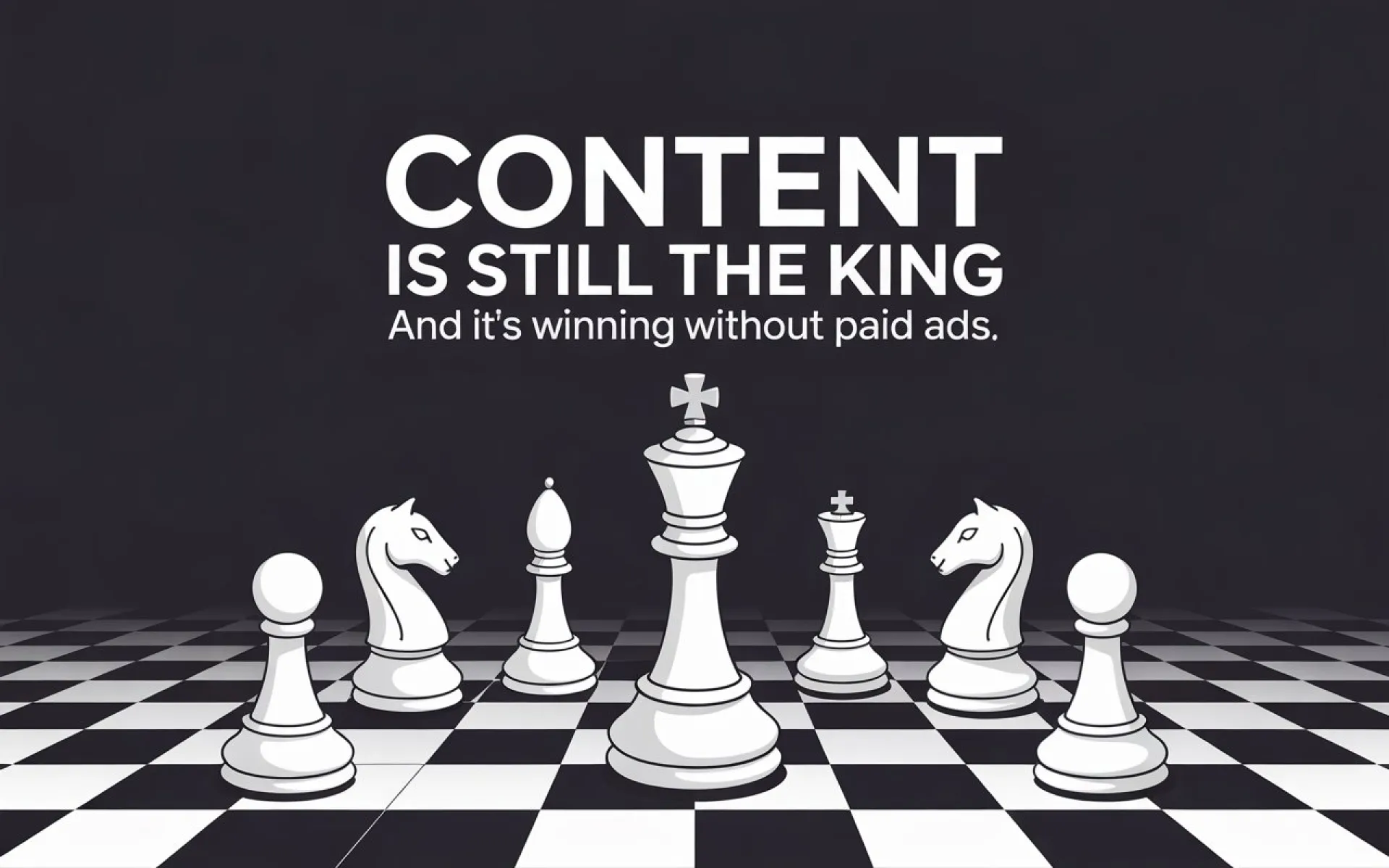
Wanted to make this post to motivate you guys. I know it can be demotivating when you scroll reddit or X and get bombarded everyday with posts like "how I got to $20K MRR in 2 weeks".
Personally, posts like this would demotivate me. When you're making next to nothing it feels almost impossible to grow.
I'm currently making good money myself and just want to remind you guys that is was incredibly hard to get to $1K MRR. It's way harder than going from $1K to $10K. So don't give up. The start is the hardest. Your hard work will be rewarded 💪
I have created a landing page for my web development agency. Clueless on how to get the first client? Whom should I contact? Where do my prospectives hang out?
My service is simple - Pay $4999/mo and subscribe to a dev's services, meetingless - kanban board setup - more work less talk, productised service instead of fixed hourly price. Just like designjoy.
I built a product that helps non technical people build websites. I do this by selling pre built templates with guides on how to use them.
I have launched it last week on x and a few people bought it but I don't know how to scale. Which next steps should I undertake?
How would you scale this?
